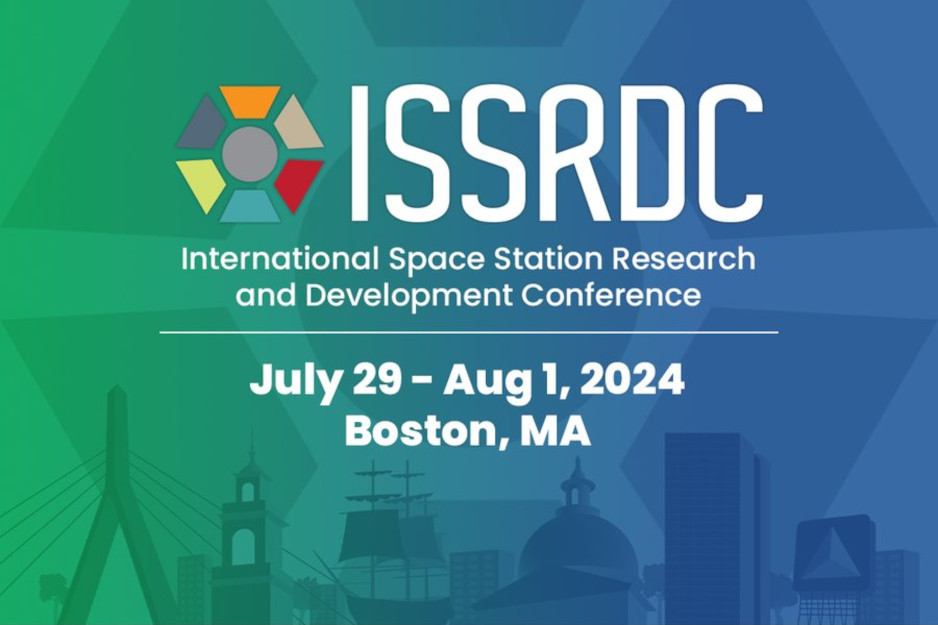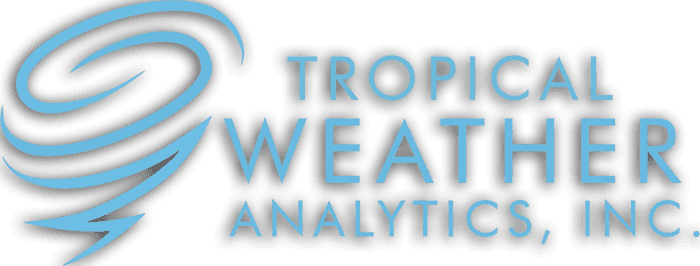The TWA Science Team has been informed that our abstract for the 13th Annual International Space Station Research & Development Conference has been accepted (see below for the long abstract). We will be presenting a poster during the technical sessions at the conference site at the Boston Marriott Copley Place from 10:00 AM to 12:00 PM on July 30 and 31, 2024 and from 2:00 to 4:00 PM on August 1, 2024. Please feel free to drop in on these sessions and learn the latest about TWA’s Hurricane Hunter Satellite (HHSat) project and how our earlier work on the ISS has contributed to our success.
Abstract: “An ISS Success Story: CyMISS (Tropical Cyclone Intensity Measurements from the ISS) to the Hurricane Hunter Satellites”
Andrew LePage, A.T. Stair, John DeVore, Jay Jordano, Paul Pauliukonis, Ilya Schiller, and Dan Harkins – Tropical Weather Analytics, Inc.
Wind is one of the fundamental variables in weather and its characterization is among the more important pieces of information contributing to the accuracy of global numerical weather prediction (NWP) models. In order to address this issue, the Boston-based Tropical Weather Analytics, Inc. (TWA), in partnership with the Montreal-based Canada Weather Analytics, Inc. (CWA), and its new strategic partner, Phantom Space Corporation of Phoenix, Arizona, are collaborating on a privately-funded, commercial venture to develop a constellation of microsatellite-pairs to provide high-resolution, wide-area stereographic observations of cloud cover from orbit in order to measure cloud altitudes and 3D winds including unique measurements of the vertical component of wind. This system’s cloud altitude data, in combination with data readily available from other sources, can also be used to accurately characterize the strength of hurricanes and tropical cyclones in general. The measurement of 3D winds and the characterization of hurricanes are among the top priorities in the National Academies’ 2018 Decadal Strategy for Earth Observations from Space.
This new space-based system has built on a quarter century of research and development efforts by TWA’s corporate antecedent, Visidyne, funded by the US Department of Defense and NASA. The TWA team’s most recent space-based investigation into orbital cloud stereography was the CyMISS (Tropical Cyclone intensity Measurements from the ISS) project which ran from 2014 to 2019 on the International Space Station (ISS). Funded by a series of grants from CASIS (Center for the Advancement of Science in Space), CyMISS was executed by the TWA science team for NASA’s Tropical Cyclone Experiment as part of NASA’s CEO (Crew Earth Observations) activities on the ISS. CyMISS provided stereo imagery of over 80 tropical cyclones and other atmospheric phenomena, such as wildfires, using a specially designed photography protocol. This unique set of image sequences has provided vital data for the refinement of techniques to perform precision orbital stereography of clouds and earned the Innovation in Earth Science and Remote Sensing Award from CASIS in 2017.
The first elements of this space-based system are the Hurricane Hunter Satellites (HHSats) being developed by TWA and Phantom Space. The initial constellation of five satellite-pairs will use 12U CubeSats in high-inclination, low Earth orbits fitted with an array of visible cameras to provide wide-area, daytime stereographic imagery with a pixel scale of about 100 meters. In addition to generating 2D cloud imagery with a resolution superior to that from JPSS and GOES, HHSat will provide unique 3D cloud imagery to aid weather analysts. Proprietary stereo image processing techniques developed by TWA using data from CyMISS will also allow the altitudes of cloud features to be measured to an accuracy as good as ±100 meters. Tracking of the changing positions and altitudes of those features during the course of an observation session will allow all three wind velocity components to be measured to an accuracy approaching one meter/second with sub-kilometer spatial resolution – far superior to any existing or currently planned satellite-based system.



